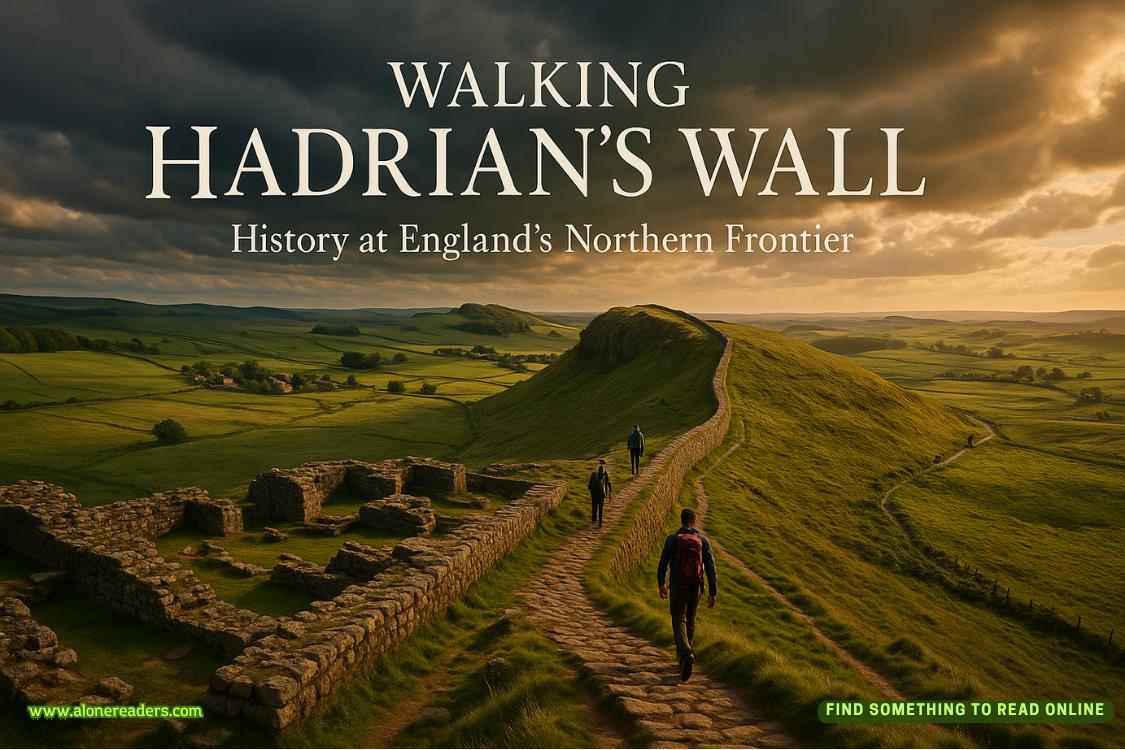Page 52 of Tiger's Curse
For a minute, I allowed myself to get lost in the visual image of Ren doing martial arts.Fighting without his shirt on. Bronze skin. Taut muscles.I shook my head and berated myself.Snap out of it, girl!
I cleared my throat, “Umm, so what were you saying?”
“Chariots . . .” Mr. Kadam continued, not even noticing my brief lack of attention. “Most of the soldiers were in the infantry, and that’s the area in which I started. I was trained in the use of the sword, the spear, the mace, as well as many other weapons before I moved on to chariots. By the age of twenty-five, I was in charge of the king’s army. By the age of thirty-five, my job was to teach others, including Ren, and I was called to be the king’s special military advisor and war strategist, particularly in the use of battle elephants.”
“It’s hard to imagine elephants in war. They seem so gentle,” I reflected.
“Elephants were quite formidable in battle,” Mr. Kadam explained. “They were heavily armored and carried an enclosed structure on their backs to protect archers. Sometimes we secured long daggers dipped in poison to their tusks which proved very effective in a direct assault. Just imagine facing an army with twenty thousand armored elephants. I don’t believe we have that many elephants left in all of India now.”
I could almost feel the ground shaking underfoot as I visualized thousands of battle-ready elephants descending on an army.
“How awful for you to have to be a part of all that bloodshed and destruction, and to think that was your whole life. War is a terrible thing.”
Mr. Kadam shrugged. “War was different then than it is today. We followed a warrior’s code, similar to Europe’s code of chivalry. We had four rules. Rule One: You must fight with someone who has similar armor. We wouldn’t fight a man who did not have the same amount of protective gear. This is similar to the concept of not using a weapon against an unarmed man.”
He raised a second finger. “Rule Two: If your enemy can’t fight any longer, the battle is over. If you’ve disabled your opponent and rendered him helpless, you must stop fighting. Youdon’tfinish him off.
“Rule Three: Soldiers do not kill women, children, the aged, or the infirm, and we do not injure those who surrender.
“And Rule Four: We do not destroy gardens, temples, or other places of worship.”
“Those sound like pretty good rules,” I commented.
“Our king followed Kshatriadharma, or the Law of Kings, which means that we could only fight in battles that were considered just, or righteous, and that had the approval of the people.”
We both fell silent for a while. Mr. Kadam seemed wrapped in thoughts about his past, and I tried to understand the time he lived in. As he smoothly switched lanes again, I was impressed with his ease at driving in heavy traffic while he was so quietly reflective. The streets were crowded, and the drivers were zipping past at frightening speeds, but that didn’t seem to leave any impression on Mr. Kadam.
Later, he turned to me and said, “I’ve made you sad, Miss Kelsey. I apologize. I didn’t mean to upset you.”
“I’m just sad that you had so much warfare in your life and that you missed out on so many other things.”
Mr. Kadam looked at me and smiled. “Don’t be sad. Remember that it was just one small part of my life. I have been able to see and experience more things than would normally have been possible for any man. I have seen the world change century after century. I have witnessed many terrible things, as well as many wonderful things. Also, remember that, even though I was a military man, we weren’t constantly at war. Our kingdom was large and reputable. Though we trained for battle, we engaged in serious warfare only perhaps a handful of times.”
“Sometimes I forget how long you and Ren have been alive. Not that I’m saying you’re old or anything.”
Mr. Kadam chuckled. “Indeed not.”
I nodded and picked up a book to study more about Hanuman. It was fascinating to read the stories surrounding the monkey god. I was so immersed in my study that I was surprised when Mr. Kadam pulled over.
We grabbed a quick lunch, during which Mr. Kadam encouraged me to try some different types of curry. I discovered that I was not much of a curry fan, and he chuckled as I made faces at the spicy ones. I loved the naan bread though.
As we settled back into the car, I pulled out a copy of Durga’s prophecy and began reading.Snakes. That can’t be a good thing. I wonder what type of protection or blessing Durga would give us.
“Mr. Kadam, is there a temple of Durga near the ruins of Hampi?”
“Excellent question, Miss Kelsey. I had the same thought myself. Yes, there are temples to honor Durga in almost every city in India. She is a very popular goddess. I have found a temple near Hampi that we will visit. Hopefully, we’ll find our next clue to the puzzle there.”
“Hmm.”
I went back to my study of the prophecy.Mr. Kadam had said agadawas like a mace, or a club, so that means it’s a weapon. Hanuman’s realm. That means the ruins of Hampi, or Kishkindha. And then hunt the branch that’s bound. Maybe it’s the branch that holds the fruit. Thorny dangers and dazzling dangers? The thorns could be rose bushes or thorny vines maybe.
“Mr. Kadam, any idea what dazzling dangers might be?”
“No. Sorry, Miss Kelsey, I can’t think of anything. I’ve also been pondering,‘Lurid phantoms thwart your route.’I’ve found no information on this, which makes me think we might have to interpret it literally. There might be spirits of some kind that try to stop you.”
I gulped. “And what about the uh, serpents?”
“There are many dangerous serpents in India—the cobra, the boa, the python, water snakes, vipers, king cobras, and even some that fly.”















